15 Things You Should Know Before Getting A Rhodesian Ridgeback
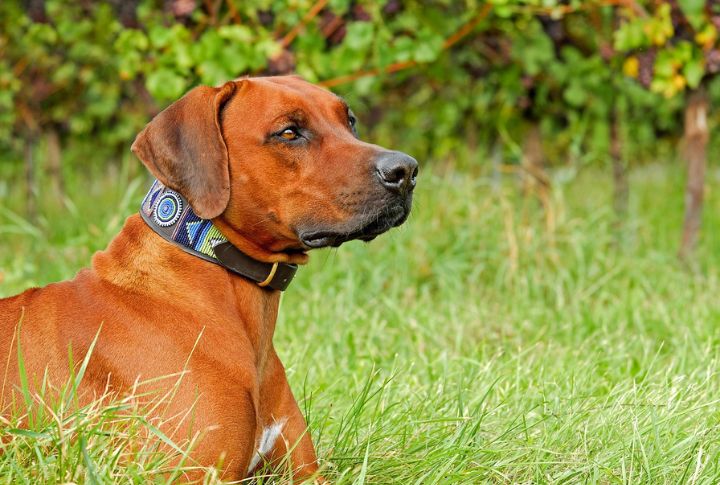
The Rhodesian Ridgeback brings a unique mix of muscle and mystery into your life. Beyond their large size and muscular frame, what else do you know about them? If you would love to have one in the future, it helps to know more so you can plan to raise them well or decide if they will fit into your home.
This Breed Was Bred To Track Lions
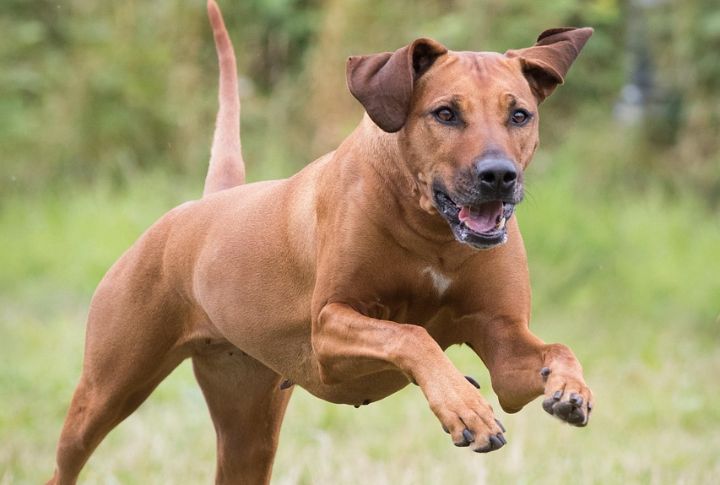
Bred in southern Africa during the 19th century, these dogs hunted lions alongside early settlers. Not a lot of breeds have such wild roots. Courage and endurance defined these silent trackers. Their other name, the African Lion Dog, reflects their history.
Expect A Dog With Fierce Loyalty
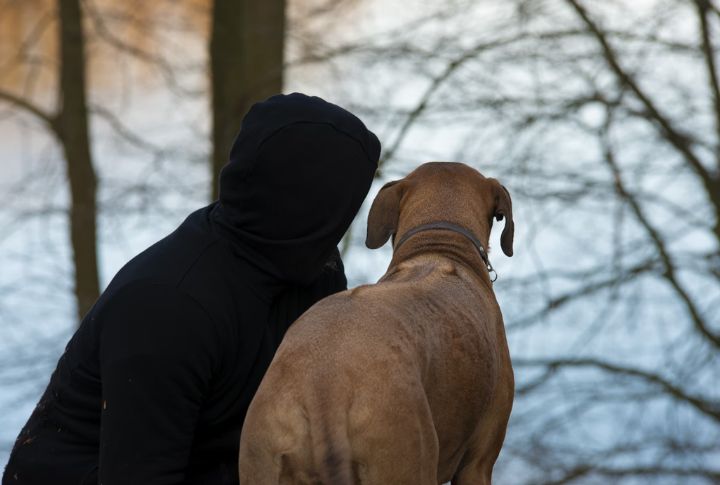
Loyalty runs deep in Ridgebacks. Once bonded, they’ll follow you room to room—not for affection, but protection. Stories circulate of Ridgebacks standing between toddlers and strangers. This watchfulness was born from centuries of guarding livestock and colonial families in harsh terrain.
This Dog Is Not A First-Time Owner’s Ideal Pick
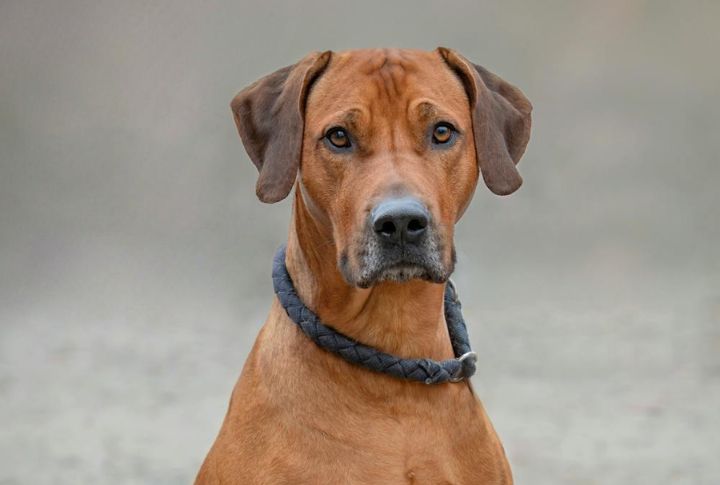
Novice owners often struggle with Ridgebacks’ independence. Commands are heard but not always followed. Think of a kid who questions everything. Now, give it 85 pounds of muscle. That’s your Ridgeback. Without consistency and confidence, they’ll start calling the shots, often before you notice.
Ridgebacks Crave Purpose And Structure

Boredom invites destruction. Without a daily mission, your Ridgeback might make holes in walls and jump fences. Structured routines reduce chaos. Some owners channel this into scent work or trail running. Give them something to accomplish, or they’ll find a task themselves, good or bad.
You Will Need A Secure Yard
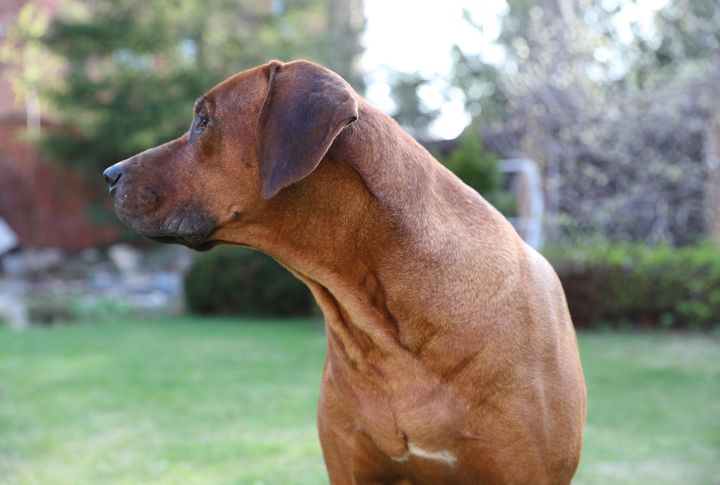
Fences must be tall and anchored because a Ridgeback wouldn’t hesitate to run out of an open gate. They’ve cleared six-foot fences when focused. That’s how energetic they can be. Containment means safety, especially when squirrels or unfamiliar dogs tempt their hunter instincts.
They Are Quiet But Always Alert
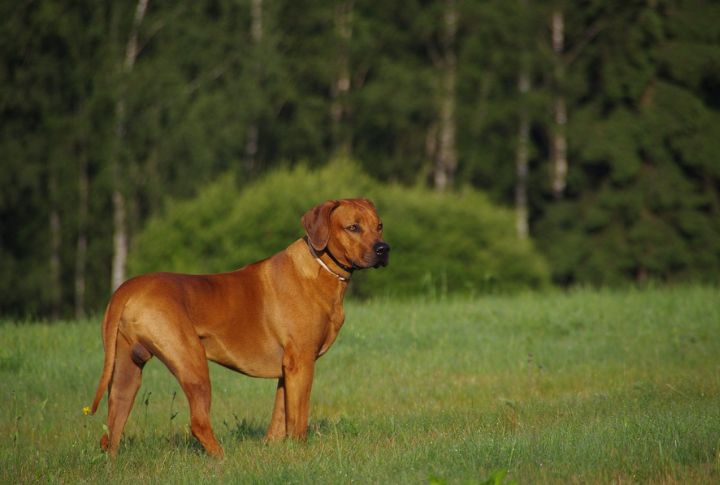
Ridgebacks rarely bark without reason. This trait confuses new owners who expect noisy watchdogs. Instead, they scan and stalk. A slight ear flick or forward stance reveals their internal alert system. Even though loud isn’t their style, they may bark to alert their owners.
This Dog May Not Greet Strangers Well

While they can sometimes be stranger-friendly, ridgebacks tend to be cautious, not cuddly. New visitors get stared down before they’re sniffed. That’s instinct from a history of defending livestock from poachers and wild predators. Their suspicion solidifies into wariness if you don’t train them early.
You Need To Be Physically Active
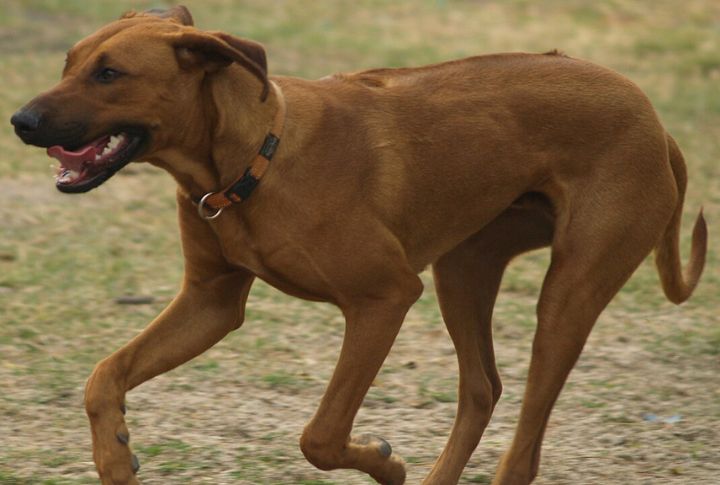
Walking twice a day won’t cut it. Ridgebacks were built to trot alongside horses across open plains, and that stamina didn’t fade with time. Hiking and games of fetch help burn energy. A bored Ridgeback becomes a restless one, and that’s when walls and shoes suffer.
Ridgebacks Have A Strong Prey Drive
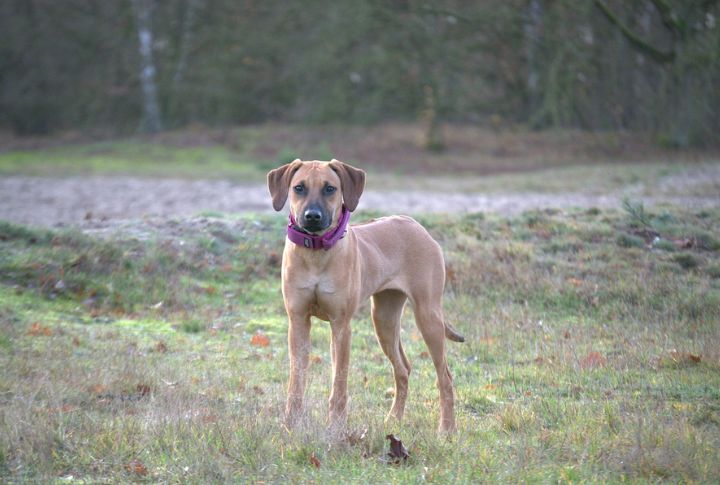
Cats, rabbits, squirrels, and even robotic lawnmowers can trigger chase mode. You can blame this behavior on their history of catching small animals. Even a family pet raised from puppyhood might bolt after a squirrel. Leash laws exist for breeds exactly like this one.
Their Coat Is Low Maintenance But Not Hypoallergenic

Short fur means fewer mats, but it is not very suitable for people with allergies. Yes, weekly brushing controls shedding, although fine hairs still drift onto couches and clothes. People often assume short hair equals low dander, but Ridgebacks don’t fall into this category. They shed enough to cause sneezing and itching in sensitive individuals.
Early Socialization Is Non-Negotiable

Habits formed before 16 weeks last a lifetime. So, expose the little pup to skateboards, doorbells, men in hats, and toddlers tugging sleeves. The more they see, the more balanced they become as they grow old. Without this exposure, your dog’s instincts can spiral into fear or aggression.
This Dog Is A Master Of Stoicism
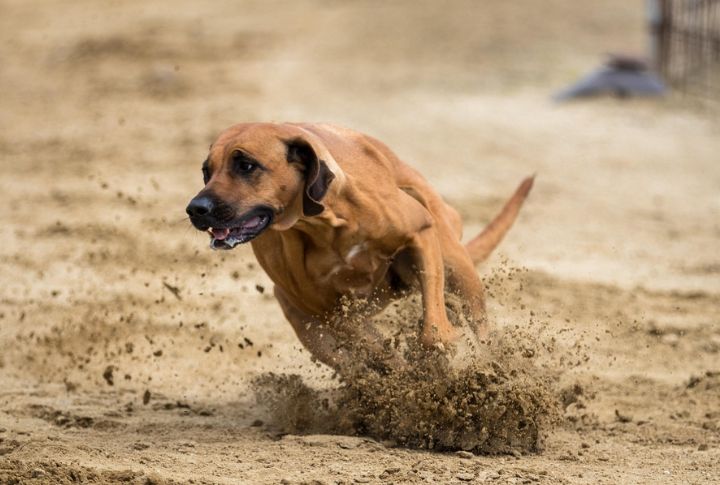
A Ridgeback with a cracked nail may still sprint. Hip issues? They’ll leap off couches like nothing’s wrong. Pain rarely shows. This toughness helped them survive the bush terrains, but today, it complicates treatment. So, you need regular vet checkups to catch issues hidden under their dignified silence.
They May Not Be Ideal For Homes With Young Kids

Clumsy toddlers and fast-moving dogs rarely mix well. Ridgebacks don’t snap without reason, but their strength and speed make rough play risky. Many thrive with older children who understand boundaries. Always supervise interactions and teach both species mutual respect from day one.
Ridgebacks Do Best With Confident Training
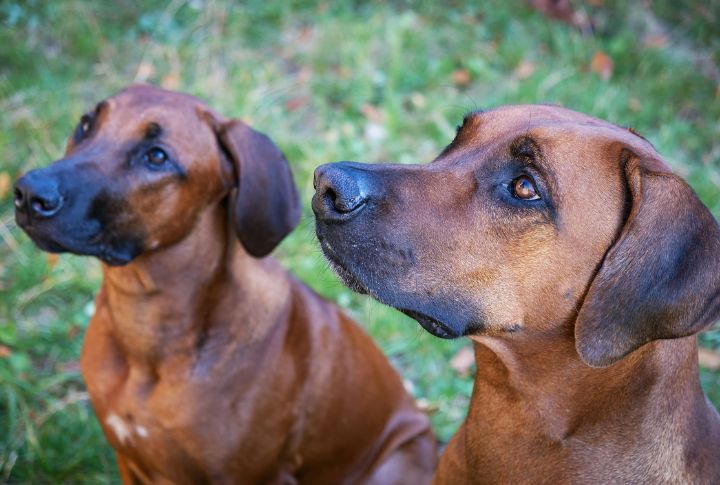
You must lead, not plead. Commands need clarity and consistency. One owner calls “sit” like a question, and the Ridgeback just stares. Another says it with certainty, and the dog obeys. This breed respects confidence, not confusion. Wishy-washy tones invite negotiation—something they’re exceptionally good at.
They Live Long Lives When Properly Cared For

With good genes and proactive care, Ridgebacks often reach 10–12 years. That’s over 5,000 walks and a thousand opportunities to win your heart. Their lifespan rewards effort. Give them the food, activity, and care that they need, and you’ll gain a quiet guardian for years.






